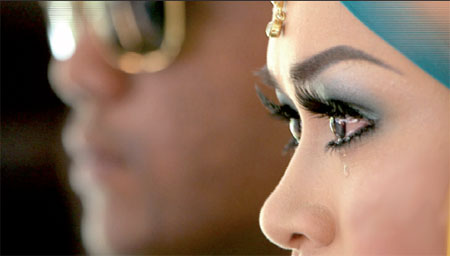
Traditional culture like this Malaysian wedding is one of the highlights of the 10-episode documentary.
Ten years ago, Zhou made The Forbidden City, a 12-episode documentary that made extensive use of dramatization and computer imagery. The enormity of the project and its huge influence turned it into a milestone in Chinese documentary filmmaking.
"We had been trying to learn the creative model of National Geographic, and by 2003 we had the chance to work with them. We designed The Forbidden City to appeal to a global audience," Zhou recalls. "If we want Chinese arts and culture to be accepted by mainstream Western media, we have to find out, in concept and technique, the international way of communication."
When making South of the Ocean, the techniques and technologies had advanced, but the concept remains the same, such as the visual style, the quality of the shots and editing and narrating skill should be up to the par of a good feature film, says Zhou.
However, in the decade of exploring a global market, Zhou has found that there is no single "Western market". Every country and every channel has its own distinctive features. "Take the pace of storytelling and editing. Documentaries shown on American channels are the fastest. France and Germany are somewhat slower. NHK of Japan is the slowest, even slower than those in China."
Zhou joined China Central Television in 1993 as a producer for its news magazine that followed the highest rated evening news program. The CCTV show was mostly investigative, but occasionally it would feature scholars, writers and artists. The diversity of the show provided him with opportunities to tap into his fields of interest.
"I was lucky that I found myself in a work environment that encouraged me to do what I loved to do."
